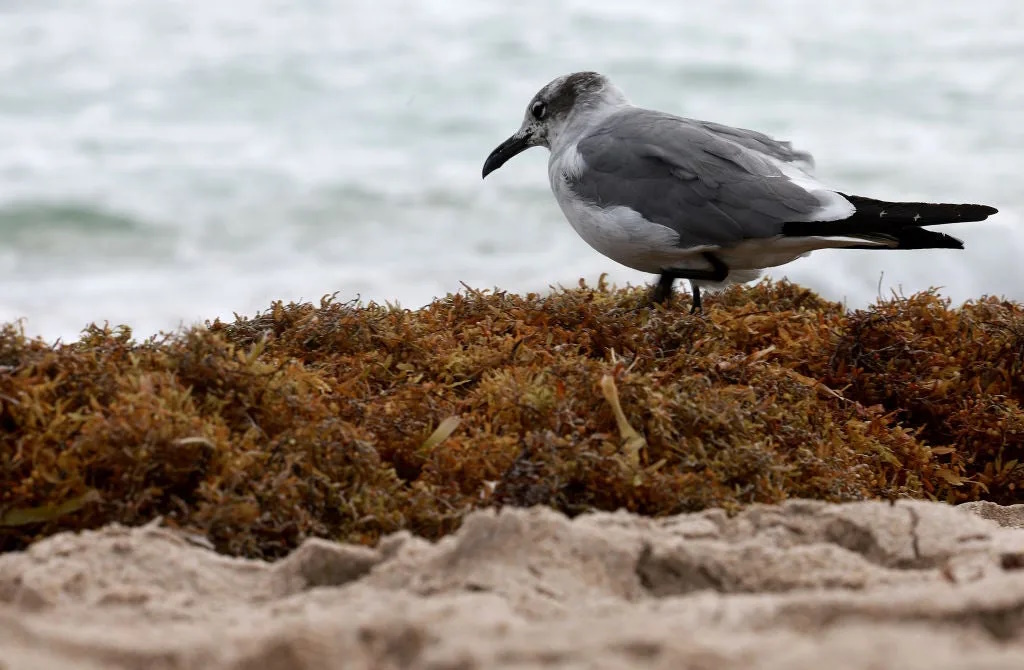Video: Sargassum seaweed hits Florida Keys beaches

By Richard Burkard
17 April 2023
(Knewz) – It sounds like a B-grade movie title: The approach of the 10-million pound blob.
Yet it’s real, and it’s forcing swimmers and owners of beachfront property in Florida to take action.
Knewz noted in late March that a giant mass of sargassum seaweed was spotted from space. It was in pieces, yet its sum is 5,000 mile wide – wider than the United States.
Fox Weather showed video over the weekend of one mat of seaweed in the Florida Keys. It washed ashore in Marathon, making swimming a challenge.
Parts of “The Great Atlantic Sargassum Belt,” as scientists call it, already reached parts of eastern Florida in February. Now the Yucatan Peninsula is next in its sights.
National Geographic reports that part of Mexico could see three feet of sargassum. The last time that happened in 2018, hotel reservations in the Cancun area dropped.

Jellyfish like seaweed, because it’s great breeding space. But hotel crews feel it must be removed, because beach vacationers like their sand white.
And sargassum isn’t great for your lungs. It creates hydrogen sulfide, a gas which can remind people of rotten eggs.
But some tourism promoters in the Florida panhandle say the stories about masses of seaweed are overblown.
“We’re still open for business,” David Bear with the Escambia County Tourism Development Council told the Pensacola News-Journal last week. “The beach is clear.”
The mass of seaweed is expected to float by southern Florida between now and June.
Amazing Scenes As Smelly Sargassum Seaweed Invades Florida Beach Forcing People Try To Swim In Water


